
views
X
Research source
Performing the Front Kick
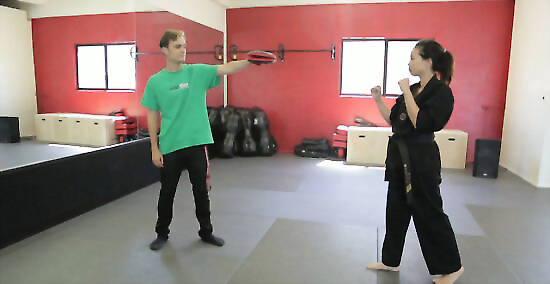
Position your body properly to execute a front kick (Ap-Chagi). The target of a front kick is — not surprisingly — in front of you. Your target should be a “leg-length” away from your body for your kick to be effective. In some cases, you might jump a little forward or backward to make sure that your kick lands. If this is the case, you'll also want to make sure that you have sufficient room around you to complete your front kick.
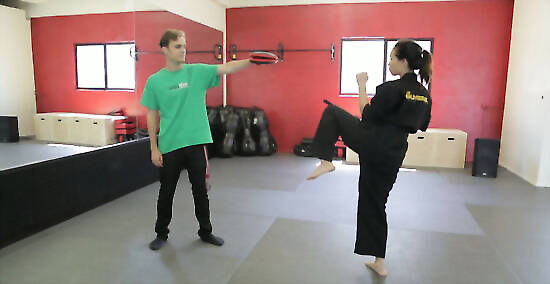
Lift your knee towards your target. Which leg you choose to perform the kick with will depend on a number of factors. If your opponent's weak side is on the left, you'll want to kick with your left leg. If you are performing several kicks in a row, you might want to vary which leg you use to keep your sparring partner off guard. In any case, you'll want to make sure that your thigh is pointed directly towards your target in order to line up your kick.
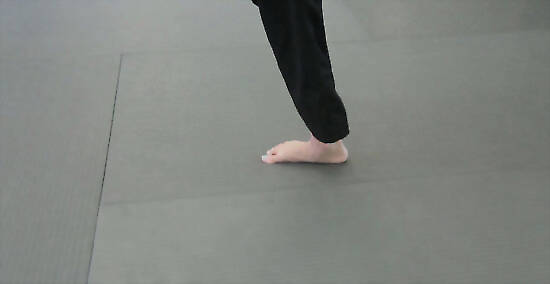
Rotate your standing foot. One of the keys to a strong front kick is establishing a strong base. If you don't rotate your standing foot, you'll topple or waver from side to side, making your attack less precise. Turn your foot to compensate for this.
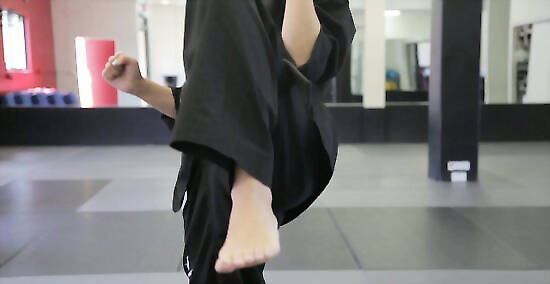
Use your hips. Your taekwondo front kick depends on the momentum of your hips as much as the strength of your leg. When you rotate your standing foot, make sure that you are also pushing forward with the side of your hip that aligns with which leg is kicking. For example, if you are performing a front kick with your right foot, when you adjust your left standing foot, push the right side of your pelvis forward. This added momentum will carry through your entire leg, making your kick that much more powerful.

Extend your leg. Now that you've set a great foundation, it's time to make contact. Extend your leg straight out. Make contact with your target. Front kicks can be used for lower, core, and upper body targets. This means that you'll need to have the flexibility to kick higher up in the air.
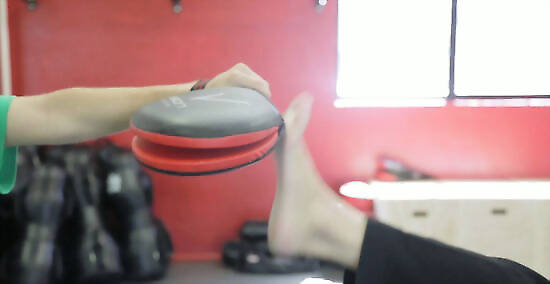
Hit your target with the ball of your foot. This is key. Since the ball or heel of your foot is the hardest part of your foot, it is where you should make contact. If you kick with your toes, you're likely to break them.
Carrying Out a Side Kick

Position yourself appropriately to perform the side kick (Yop Chagi). As the name indicates you need to be positioned in a way so that your target is to the side of you. A side kick is not appropriate if your target is located in any other place. Before carrying out this kick, place your body in the correct position.
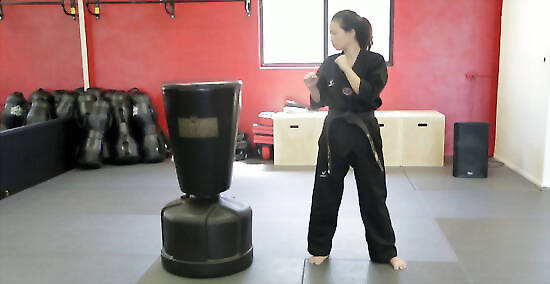
Plant your standing foot. If you draw an imaginary line from your opponent to yourself, your foot should run perpendicularly. The key to this kick is a solid base. You must be able to balance your body as you perform the Yop Chagi. Most Taekwondo masters rotate their foot into this position as they are kicking. Doing so allows you to execute the kick quickly.

Lift the knee of the kicking foot first. Bend your knee so that it raises towards your torso. This motion gives you the ability to extend your leg farther, faster. It will add much needed force to your kick.
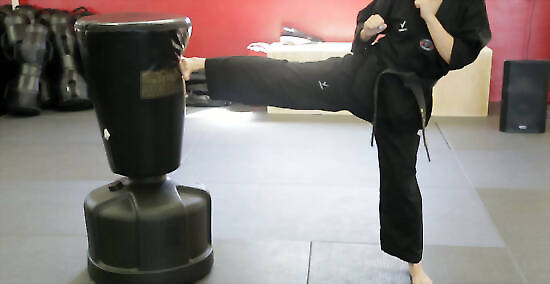
Deliver a kick stretching the foot straight toward the target. While you extend your leg out, your hips should open up as well, which will add some momentum to your kick.
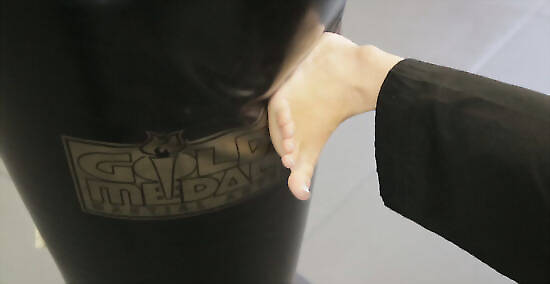
Hit the target with your heel and the outer edge of your foot. Unlike the front kick, you use more of your foot for a side kick. Like a front kick, you want to avoid making contact with your toes to avoid injury.
Completing the Hooking Kick
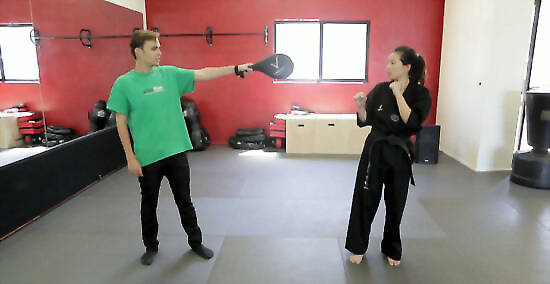
Position yourself properly to perform the hooking kick (Huryeo). This kick begins just like the side kick. Make sure that your target is to the side of your body. It is important to have a fixed position to target for this kick even though it uses a more circular movement than the side kick.
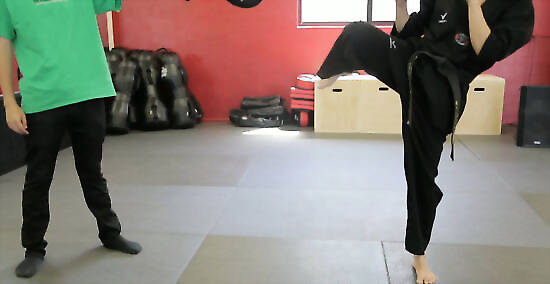
Lift the knee of the kicking foot by bending in front. This is the same as the side kick. By bringing your knee up and to your torso, you are packing more strength behind your kick. This is the same as a side kick.
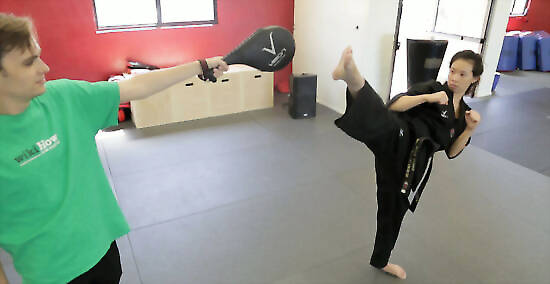
Extend your leg while moving it forward. Be sure to maintain your balance in this phase or you'll fall over and your kick will fail. Whereas the sidekick extends straight to the target at this point, the hook kick moves forward (in the direction of your toes). You need to do this in order to pull back in the next step, thus making the hooking motion.
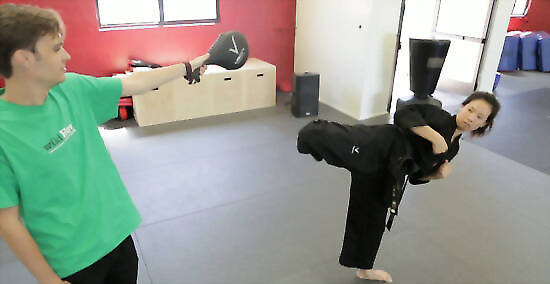
Bring your foot back. Complete the hooking motion. This is a great place to reevaluate your target. If your opponent has moved since you initiated the kick, now you can lower, raise, or shift your kick.
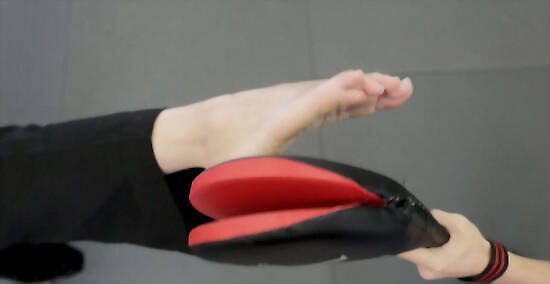
Deliver a kick with the heel or the sole of the foot. Depending on the position of your opponent during this phase, you'll want to hit with a safe part of your foot. The heel is the best, but the sole of your foot works too. Do not kick with your toes or the top of your foot.
Executing the Back Kick
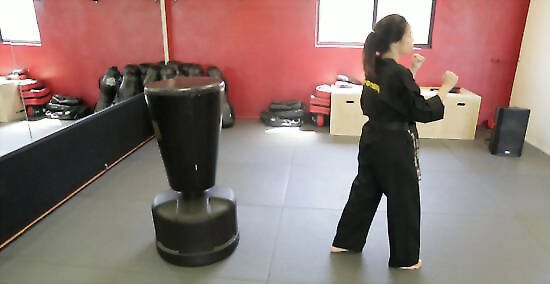
Position yourself appropriately in order to perform the back kick (Dwi or Dwi chagi). In order to get in the correct position, you'll need to have your back to your opponent. If your sparring partner has gotten behind you, this is an ideal move or if you want to surprise him, you can shift your back to him. You don't want your target to be directly behind your back. You'll need to extend your leg to its fullest length for this kick. So make sure that you can do this with both legs.
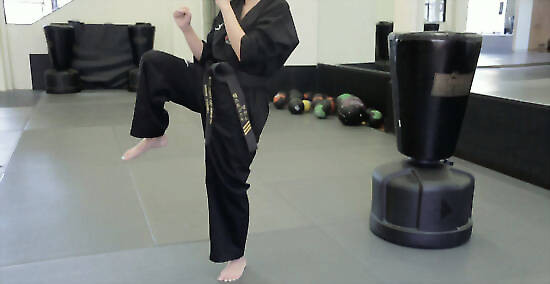
Bring your knee up to your chest. As with every kick, this is to give you more room to extend, thus adding momentum to your kick. This should be done quickly so as to not alert your target as to your intentions.
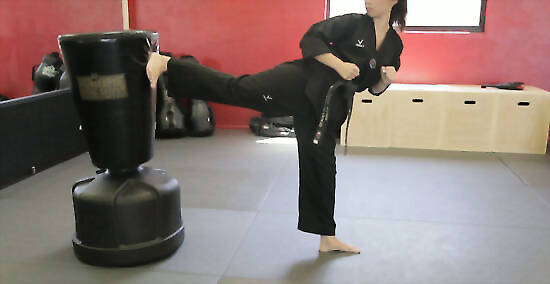
Extend your leg backwards. Drive your heel forward to your target. Back kicks don't work for targets higher in the air. Our bodies simply don't bend this way, so extend your leg to the middle or lower section of your opponent.
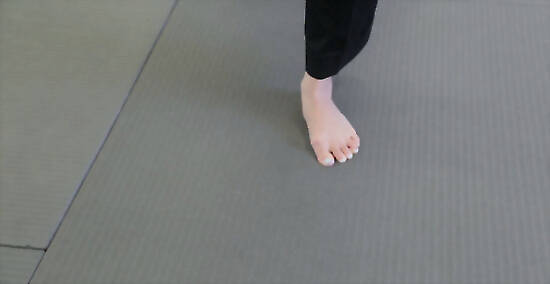
Use your toes to balance yourself. If done correctly, your weight will shift naturally to your toes. In which case, make sure that you are prepared for this. You don't want to tumble over.
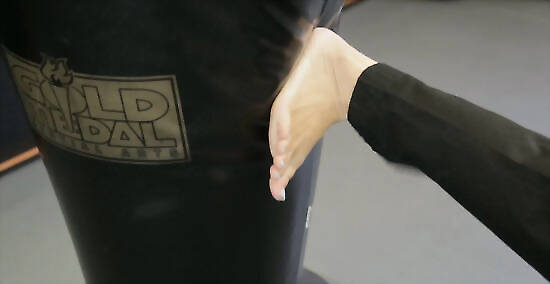
Hit with the heel of your foot. This will be the first part of your foot to make contact anyways since you are kicking behind you. As always, avoid hitting the target with any other part of your foot.
Achieving the Perfect Roundhouse Kick
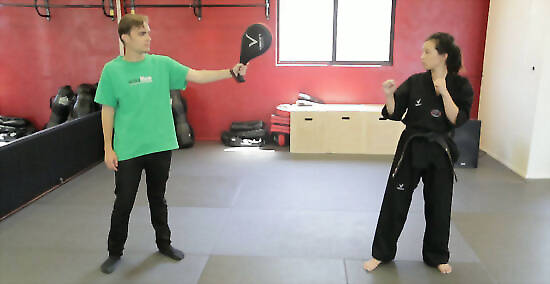
Position yourself for the roundhouse kick (Dollyo Chagi). This is one of the fundamental kicks that is extremely effective. Sometimes it's called a turning kick or an angle kick. Make sure your target is lined up with the side of your body.
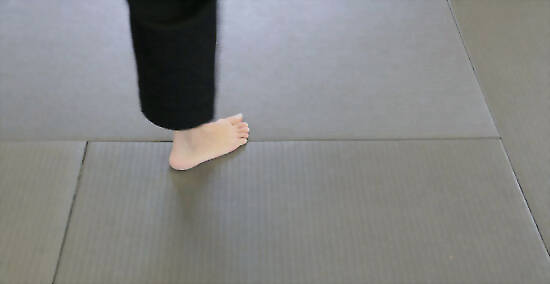
Rotate on the ball of your foot. Most instructors will tell you to turn your standing foot inwards towards your core when beginning your round house kick. The power of the roundhouse kick comes from the rotation movement. This occurs on the ball of your foot. It takes great balance. Practice this spin several times before attempting your first round house kick.
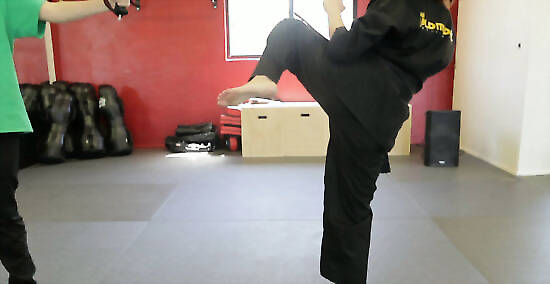
Bend the knee of the kicking foot while you begin to turn. This movement will be very quick and will give your kick a little more power. As soon as you've pulled your leg in, you'll release it.
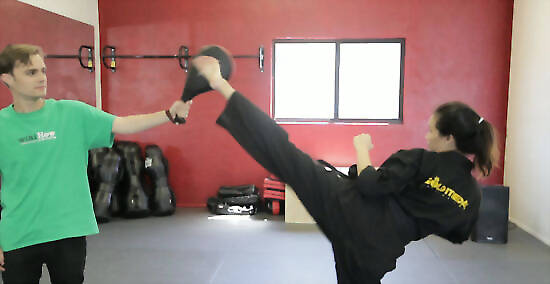
Extend your leg out straight. The angle at which you extend your leg will be determined by the height of your target. This will be done in the middle of your spin.
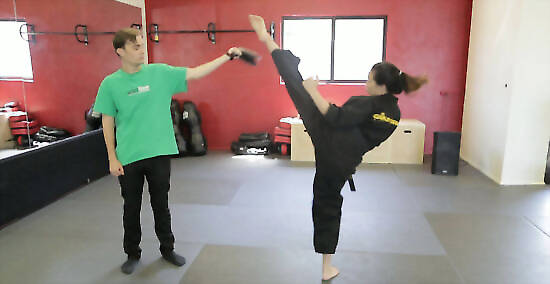
Make contact with the instep or ball of your foot. Be sure not to make contact with your toes. Doing so will hurt you more than your opponent. Do not use your heel to make contact.



















Comments
0 comment